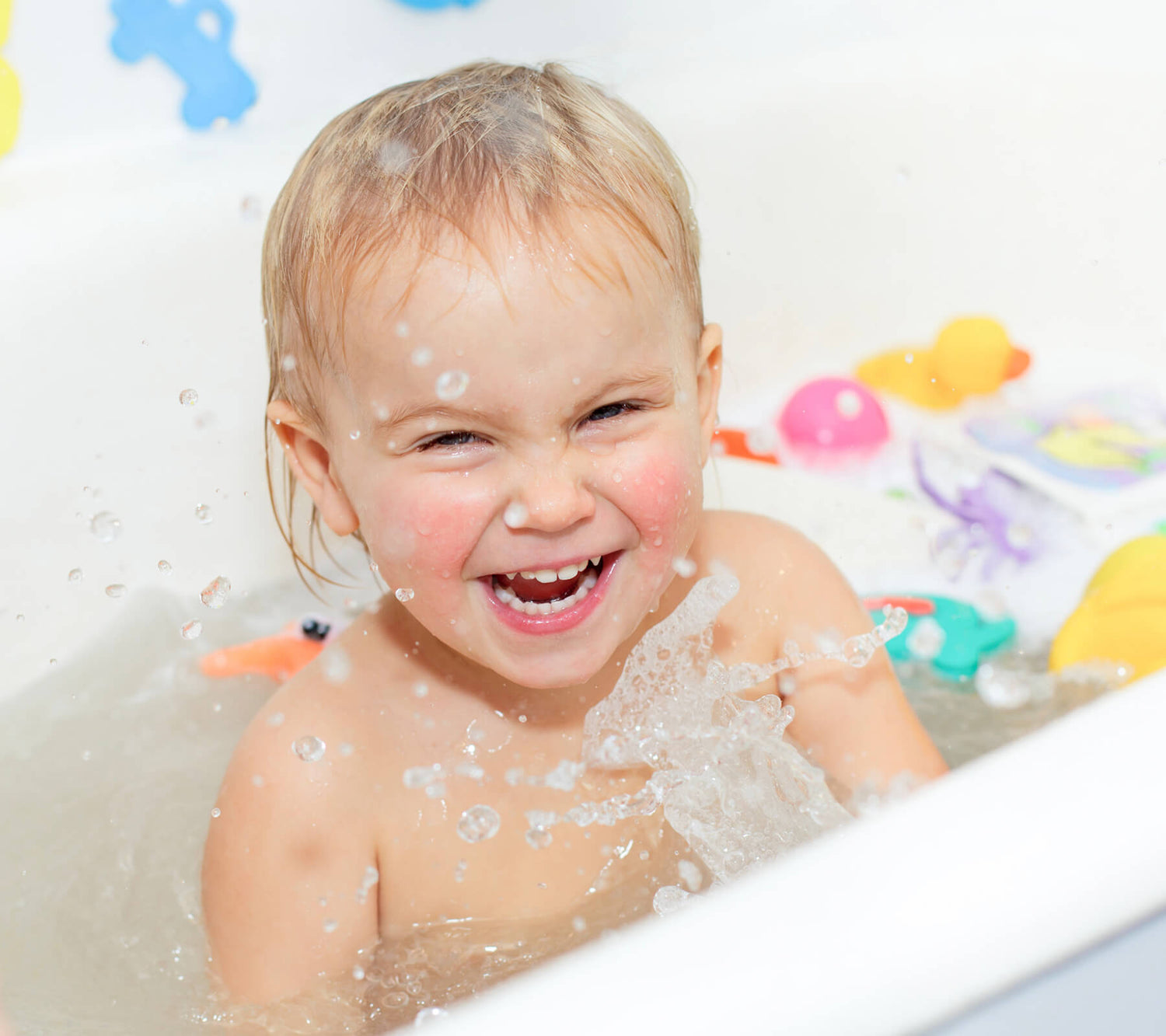Is your 9-12 month-old baby keeping you running? Is she throwing things, getting into your handbag, knocking things over, and constantly putting toys and any object into her mouth? This is great news! Your baby is a scientist, and she is conducting important experiments to figure out the world around her.
Now that her hand-eye coordination and fine motor skills are getting stronger, your baby is discovering that she is capable of doing so much more than she used to as a young infant. These new skills and her curiosity will lead her to exploring Cause and Effect activities. Her pincer grasp (picking things up with thumb and forefinger) has improved,1 so she can manipulate items in many fun and interesting ways. You may see her stack her toys as high as she can or try to fit items into different spaces. She may bang, shake, and drop her toys to see how they sound or throw them farther and farther out to see if the sound changes.2
Being a scientist can sometimes be messy and loud, so your child’s play will be the same. Encourage your child’s exploration, but keep in mind that her growing curiosity and improved mobility will make it even more important to keep small objects and other hazards out of reach.3
Your baby is also learning about how to interact with her environment, and she is learning from the best source—you! Just like grown up scientists, or researchers, who observe the world and the people within them, your little scientist will be watching you, family members and other children closely to learn appropriate actions and behaviors.4 But keep in mind that your little scientists don’t just watch but they re-enact and recreate what they observed, too! Especially at this age, your 9-12 month old will start copying your actions, both the good and the bad (!!) to see if she can get the same results.2
How can you support your budding scientist?
- Provide a variety of interesting objects to play with. Toys with different colors, textures, and materials, such as blocks, nesting cups, and musical toys are great for encouraging curiosity and experimentation. In the tub, a fun spill-and-spin watermill bath toy can do wonders. Use one that’s colorful and easy to put in motion with the simple act of pouring in water.
- Encourage exploration. Keep an eye out for your child’s safety and well-being, but give her plenty of opportunities to explore her environment on her own.
- Praise efforts and persistence. Your praise will improve your child’s focus and engagement.5 Praising her positive actions and efforts will encourage her to continue playing and learning through her experiments.
Sources:
1 Shelov, S. P. (Ed.) (2009). Caring for Your Baby and Young Child - Birth to Age 5 (5th ed.). New York, NY: Bantam Books.
2 Ohio Child Care Resource & Referral Association (2006). Ohio’s Infant and Toddler Guidelines.
3 Children's Trust of South Carolina. Ways You Can Prevent Choking with Children. Children's Trust of South Carolina. Retrieved on March 12, 2014, from http://www.scchildren.org/keeping_kids_safe/choking_and_strangulation/.
4 Bandura, A. (1971). Social Learning Theory. New York, NY: General Learning Press. Retrieved on February 27, 2014, from http://www.jku.at/org/content/e54521/e54528/e54529/e178059/Bandura_SocialLearningTheory_ger.pdf.
5 Gaertner, B. M., Spinrad, T. L., & Eisenberg, N. (2008). Focused Attention in Toddlers. Infant Child Development, 17(4), 339–363. Retrieved on March 12, 2014, from http://www.ncbi.nlm.nih.gov/pmc/articles/PMC2607062/.

